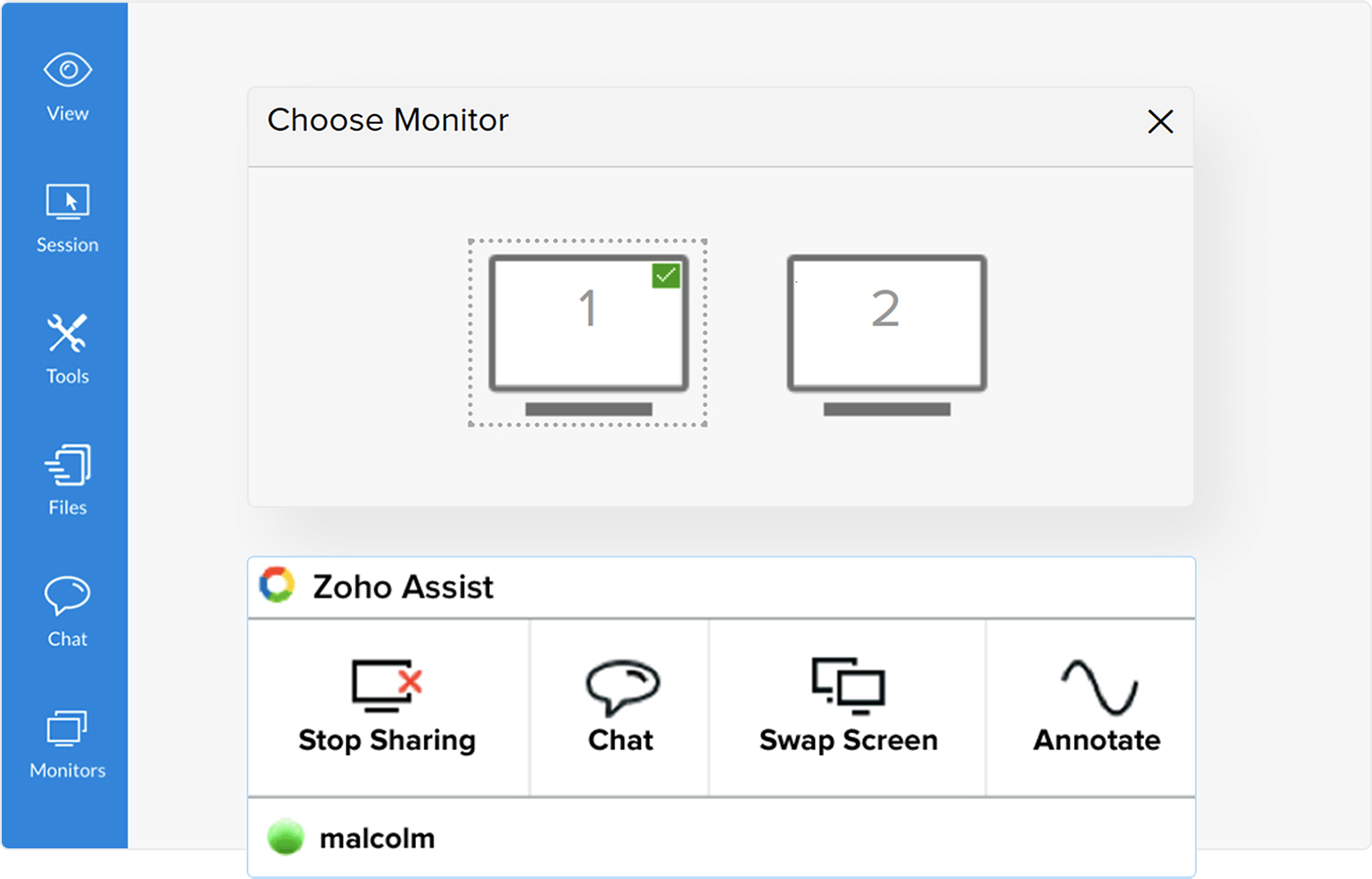
Even behind some firewalls we normally don’t have any issues to successfully build a connection. This allows flexible connectivity to remote clients wherever they are. This way both clients can use outbound connections to the Microsoft cloud service and the cloud service is acting as a broker between both clients. The user who needs assistance also starts Quick Assist and connects the the same session by specifying the connection code. Quick Assist will hold a connection to the Microsoft cloud service and the supporter is given a connection code. The supporter connects to a Microsoft cloud service by starting Quick Assist and logging in with a Microsoft Account (MSA and AAD accounts supported).

The lesser known built-in Quick Assist from Windows 10 implements a different way of connecting to the remote client.

In general with the mobile workforce nowadays we can’t rely on solutions needing a direct connection between two devices.

If you are running an environment with a modern management strategy where your clients are highly mobile and managed by cloud services, your built-in direct connection based tools like RDP or Remote Assistance are limited in usability for supporting your devices.


 0 kommentar(er)
0 kommentar(er)
